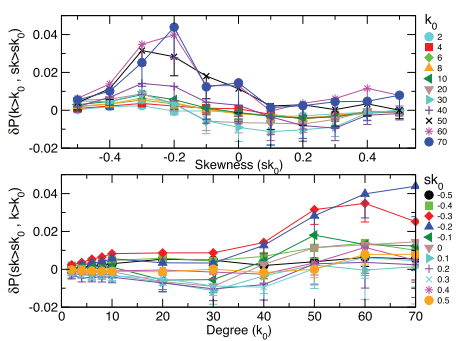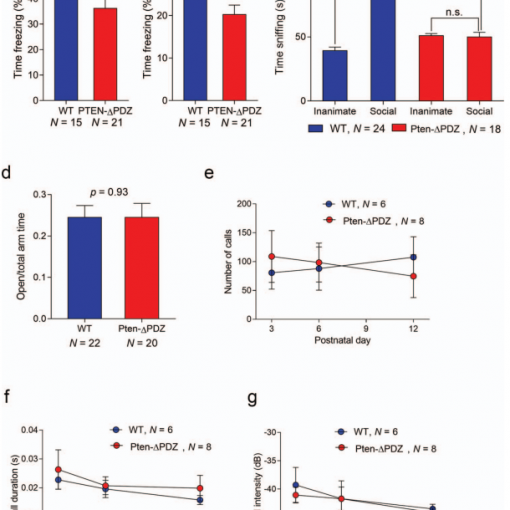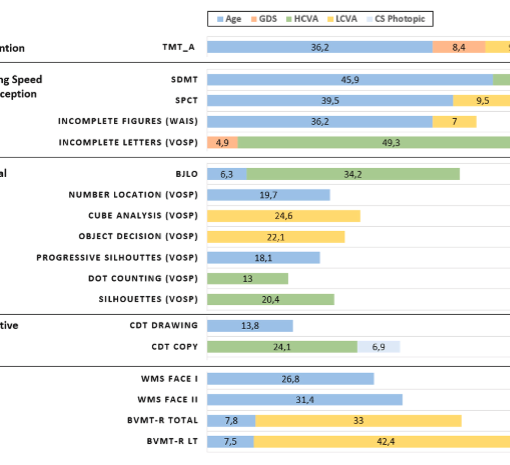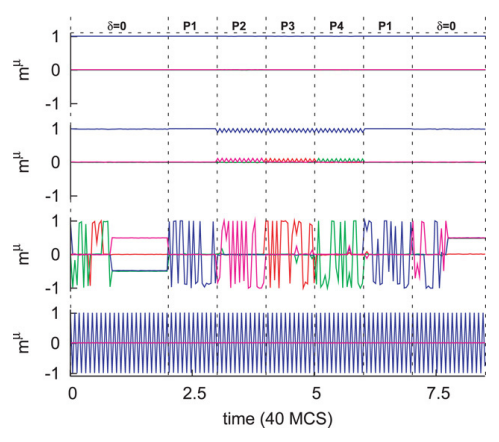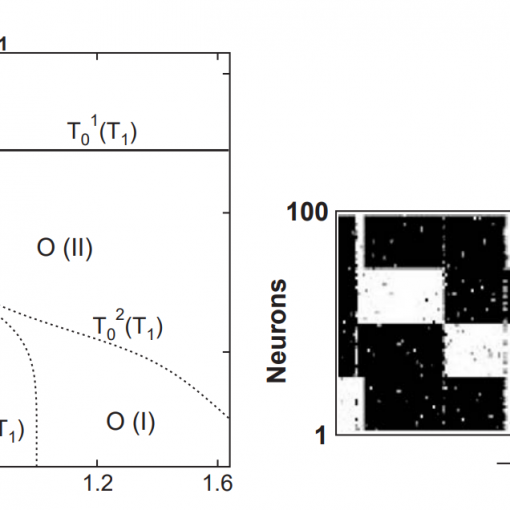T. A. Amor, R. Russo, I. Diez, P. Mudnal, M. Zirovich, S. Stramaglia, J. M. Cortes, L. de Arcangelis and D. R. Chialvo. Higher order statistics of brain resting activity and its relation with structural connectivity. EPL 111: 68007, 2015. [pdf]
The brain exhibits a wide variety of spatiotemporal patterns of neuronal activity recorded using functional magnetic resonance imaging as the so-called blood-oxygenated-level– dependent (BOLD) signal. An active area of work includes efforts to best describe the plethora of these patterns evolving continuously in the brain. Here we explore the third-moment statistics of the brain BOLD signals in the resting state as a proxy to capture extreme BOLD events. We find that the brain signal exhibits typically nonzero skewness, with positive values for cortical regions and negative values for subcortical regions. Furthermore, the combined analysis of structural and functional connectivity demonstrates that relatively more connected regions exhibit activity with high negative skewness. Overall, these results highlight the relevance of recent results emphasizing that the spatiotemporal location of the relatively large-amplitude events in the BOLD time series contains relevant information to reproduce a number of features of the brain dynamics during resting state in health and disease.
